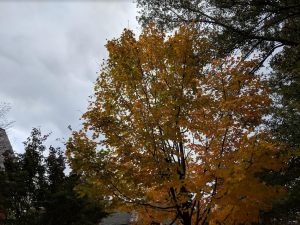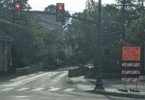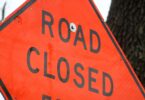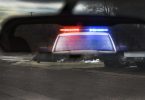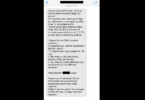Provided by TMA Bucks:
As leaves begin to fall, wet leaves on the roadway can be as slippery as ice. They also can obscure traffic lines and other pavement markings, making driving in unfamiliar areas particularly difficult. Motorists should slow down and use extra caution on leaf-covered roadways.
“Weather conditions can be unpredictable in the fall,” says TMA Bucks executive director Steve Noll. “One day can be bright and beautiful with lots of sunshine and the next day can be rainy and cold. Knowing what to look for and using these tips can help you avoid weather-related car crashes in the fall.”
Other fall hazards for motorists can be fog and sun glare. When driving in fog, motorists should use low beam headlights since the high beam setting creates glare and reduces visibility. Not only will headlights enhance visibility of your vehicle, Pennsylvania state law requires headlights be on when wipers are in use.
Sun glare can be most problematic during sunrise and sunset, which often coincide with morning and evening rush hours. The intense glare from the sun on the horizon can blind a driver, causing an unexpected traffic slowdown. Drivers can prepare for the glare by keeping a set of sunglasses handy, removing clutter from sun visors and keeping the inside of their vehicle’s windshield clean.
Morning frost and icy spots on the road can also cause problems as overnight temperatures drop toward freezing. Motorists should pay particular attention to bridges, overpasses and shaded areas on roadways where icy spots can form on the pavement. Motorists should always completely clear their vehicles’ windows of frost before travel.
The fall season also brings an increase in deer activity in Bucks County and drivers are reminded to watch carefully for deer darting across and along roadways. By following a few safety tips, motorists and outdoor enthusiasts can help reduce the possibility of being involved in a crash with a deer. Remember to slow down and use caution, particularly where deer crossing signs are posted, and increase following distance between vehicles. Also remember to be especially watchful during morning and evening hours when wildlife is most active and exercise caution when one deer crosses a roadway since deer often travel in small herds. One deer will usually be followed by others.



